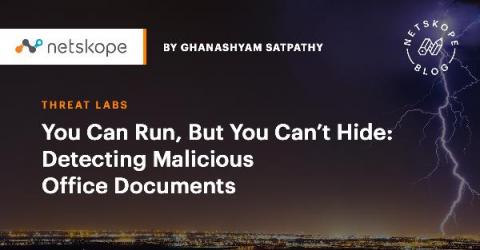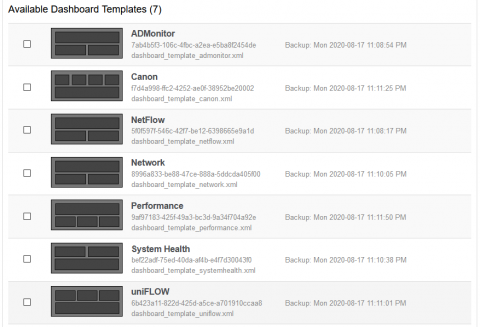You Can Run, But You Can't Hide: Detecting Malicious Office Documents
Malicious Microsoft Office documents are a popular vehicle for malware distribution. Malware families such as Emotet, IcedID, and Dridex use Office documents as their primary distribution mechanism. Several recent Emotet attacks used a novel approach to sending email baits and hosted the malicious documents in cloud apps to increase their success.











